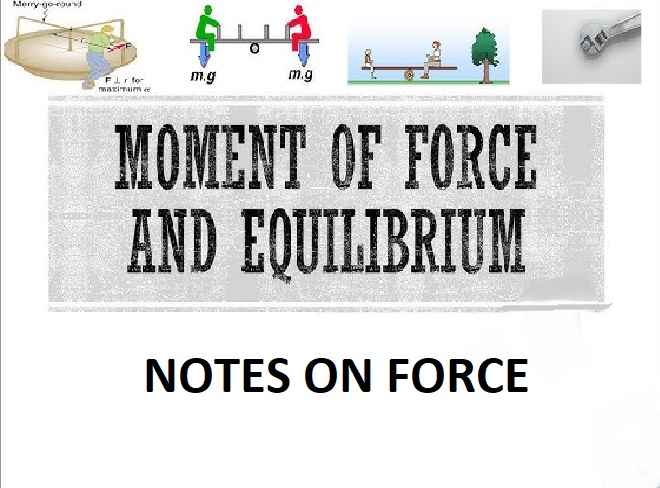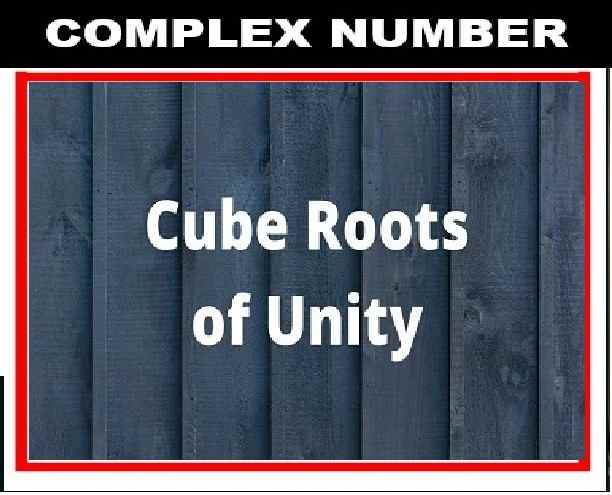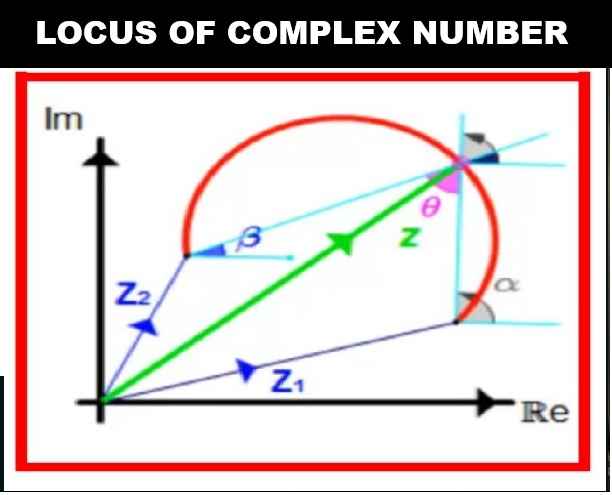Moment of Force and Equilibrium Class 10 ICSE Physics Notes Chapter-1 Force.Visit official website CISCE for detail information about ICSE Board Class-10 Physics.

Force Class 10 ICSE Physics Notes on Moment of Force and Equilibrium
What is Force: Push or Pull is called force.
Two Kind of Motion
- Translational Motion: When an object moves in a straight line in the direction of applied force. Examples (i) A car moving on a road, (ii) A book sliding on a table.
- Rotational Motion: When an object spins around a fixed point or axis. Different points on the object move in circular paths. Examples- (i)A spinning fan, (ii)The Earth rotating on its axis.
Notes: Many objects have both translational and rotational motion, like a rolling ball or a moving bicycle wheel.
Moment of a Force / Torque
Moment of a Force: It is the turning effect of a force applied to an object. It depends on:
(i) The magnitude of the force.
(ii) The distance of the force from the pivot
Measurement of Moment of a Force / Torque
The moment of force is equal to the product of the force and the perpendicular distance from the force’s line of action to the pivot point
Formula: Moment = Force × Perpendicular Distance from Pivot
Unit of Moment of Force
S.I unit of the moment of force is Newton x metre or Nm
C.G.S unit of the moment of force is dyne x cm
Note: If force is measured in gravitational unit then
S.I unit of the moment of force is kgf x metre
C.G.S unit of the moment of force is gf x cm
Relation between SI and CGS Unit of moment of force
1 Nm = 10^5 dyne x 10^2 cm
= 10^7 dyne cm
1 Kgf x m = 9.8 Nm
1 gf x cm = 980 dyne cm
Clock Wise and Anti Clock Wise Moment
If the effect of the body is to turn in anticlockwise, the moment of force is called anticlockwise moment and it is taken positive. If the effect of the body is to turn it clockwise the moment of force is called clockwise moment and it is taken negative
How to Change Direction of Rotational Body?
- By changing the point of application of force
- By changing the direction of force
Common Example of Moment of Force
- Handle of door kept at maximum distance from pivoted point
- Hand flour grinder has handle at rim
- Turning a steering wheel direction
- Spanner has long handle
- Long arm used for jack screw of vehicle
Couple
A couple is a pair of equal and opposite forces acting on an object at different points. These forces do not cancel out but create rotation. Ex.
Turning of water tap
Opening of cap of bottle
turning key in lock
winding a clock
Moment of Couple
Force x Distance + Force x distance
Equilibrium of Body
when the net force and net torque acting on it are zero, meaning it’s either at rest or moving at a constant velocity, and its rotational state remains unchanged
Types of Equilibrium:
- Stable Equilibrium: When a body is at remain rest under influence of several forces. Ex- book on table, beam balance.
- Dinamic Equilibrium: When a body is at remain in motion under influence of several forces. Ex Rain drop, Aeroplane flying
Conditions for Equilibrium
- Resultant of all force must be zero
- Algebraic sum of all forces about point of rotation must be zero
Principle of Moments
The sum of the clockwise moments about a point equals the sum of the anticlockwise moments about the same point
sum of the clockwise moments = sum of the anticlockwise moments
–: End of Moment of Force and Equilibrium Class 10 ICSE Physics Notes Chapter-1 Force :–
Please share with your friends if helpful
Return to :
- Concise Selina Physics Solutions for ICSE Class 10.
- Goyal Brothers Prakashan Physics Solutions for ICSE Class-10
Thanks


